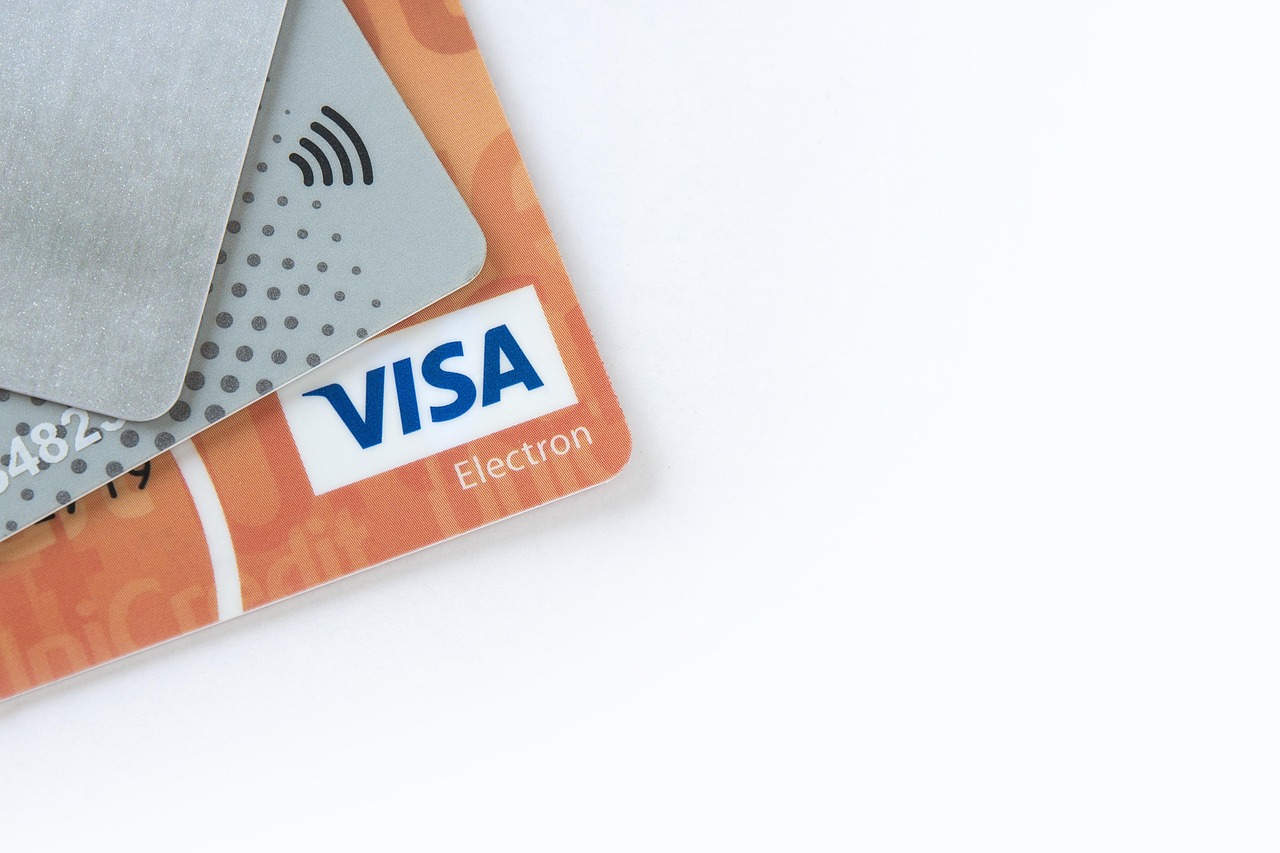Harnessing the power of customer reviews is no longer optional for businesses seeking growth and sustained success. In today’s hyper-connected world, potential customers actively seek out and heavily rely on the experiences of others before making a purchase decision. Understanding how to effectively collect, manage, and leverage customer reviews is critical for building trust, boosting your brand reputation, and ultimately, driving sales.
The Immense Power of Customer Reviews
Building Trust and Credibility
Customer reviews serve as powerful social proof. Potential customers are more likely to trust the opinions of their peers than direct marketing messages from a company. Authentic reviews build trust and credibility, especially when they are transparent and unfiltered.
- Example: Imagine you’re choosing between two restaurants online. One has only marketing copy on its website, while the other has dozens of reviews from verified customers praising the food and service. Which one are you more likely to choose?
- Statistic: Studies show that 93% of consumers read online reviews before making a purchase. (Source: Spiegel Research Center)
Influencing Purchase Decisions
Positive reviews act as a strong endorsement, influencing purchasing decisions and encouraging hesitant buyers to take the plunge. Conversely, negative reviews can deter potential customers, highlighting areas where your business needs improvement.
- Actionable Takeaway: Actively encourage satisfied customers to leave reviews. Make it easy for them by providing direct links to review platforms or offering incentives (without being perceived as buying positive reviews, which is unethical and often against platform policies).
- Tip: Use review snippets on your website and in your marketing materials to showcase positive feedback.
Improving Search Engine Optimization (SEO)
Search engines like Google consider customer reviews a key ranking factor. A high volume of positive reviews can significantly improve your website’s visibility in search results. Reviews also contribute to long-tail keyword targeting, helping your business appear in more specific searches.
- Example: A local bakery with numerous positive reviews mentioning “best chocolate croissants” is more likely to rank higher for that specific search term than a bakery without reviews.
- Benefit: Increased online visibility translates to more organic traffic and potential customers.
Collecting Customer Reviews: Strategies and Best Practices
Identifying Key Review Platforms
Not all review platforms are created equal. Focus your efforts on the platforms that are most relevant to your industry and target audience. Some popular options include:
- Google My Business: Essential for local SEO and visibility in Google Maps.
- Yelp: A leading review platform for restaurants, retail stores, and other local businesses.
- Facebook: Allows customers to leave reviews and recommendations directly on your business page.
- Industry-Specific Platforms: For example, TripAdvisor for hotels and restaurants, or Capterra for software.
- Your Website: Incorporate a review system on your own website to gather direct feedback.
Proactively Requesting Reviews
Don’t wait for customers to leave reviews organically. Implement a proactive strategy to encourage them to share their experiences. This can be done through:
- Post-Purchase Emails: Send automated emails asking customers to leave a review after they’ve received their product or service.
- In-Person Requests: Train your staff to politely ask for reviews at the point of sale or service delivery.
- SMS Messaging: Send a brief text message with a link to your review platform.
- QR Codes: Place QR codes on receipts, packaging, or promotional materials that direct customers to a review platform.
Providing Exceptional Customer Service
The best way to generate positive reviews is to consistently provide exceptional customer service. Happy customers are more likely to leave positive reviews and recommend your business to others. Ensure your team is trained to handle customer inquiries and resolve issues efficiently and effectively.
- Key Point: Go above and beyond to exceed customer expectations. Small gestures can make a big difference in customer satisfaction.
Managing and Responding to Customer Reviews
Monitoring Reviews Regularly
It’s crucial to monitor your reviews regularly across all platforms. This allows you to identify trends, address negative feedback promptly, and celebrate positive feedback.
- Tools: Utilize review management software to streamline the monitoring process and receive alerts when new reviews are posted.
- Actionable Takeaway: Set aside dedicated time each week to review and respond to customer feedback.
Responding to Reviews Professionally
Responding to both positive and negative reviews demonstrates that you value customer feedback and are committed to providing excellent service.
- Positive Reviews: Thank the customer for their positive feedback and highlight specific points they mentioned.
- Negative Reviews: Acknowledge the customer’s concerns, apologize for any inconvenience, and offer a solution or resolution. Avoid getting defensive or argumentative. Take the conversation offline if necessary.
- Important: Always respond promptly and professionally, even to negative reviews. A well-handled negative review can turn a dissatisfied customer into a loyal advocate.
Leveraging Reviews for Improvement
Customer reviews provide valuable insights into your business’s strengths and weaknesses. Use this feedback to identify areas where you can improve your products, services, and customer experience.
- Example: If multiple customers complain about long wait times, you may need to optimize your processes or hire additional staff.
- Benefit: Continuous improvement based on customer feedback leads to increased customer satisfaction and loyalty.
Avoiding Common Pitfalls with Customer Reviews
Buying Fake Reviews
Purchasing fake reviews is unethical, illegal in some jurisdictions, and ultimately detrimental to your business. Fake reviews are often easily detectable and can damage your reputation. Many review platforms have algorithms to detect and remove fraudulent reviews.
- Consequence: If caught, you risk being penalized by search engines and review platforms, potentially losing your online visibility and credibility.
Ignoring Negative Reviews
Ignoring negative reviews is a major mistake. Unaddressed negative feedback can fester and damage your brand reputation. Respond to negative reviews promptly and professionally to show that you care about customer concerns.
- Tip: View negative reviews as an opportunity to learn and improve.
Censoring Negative Reviews
Deleting or censoring negative reviews on your website can erode trust and credibility. While it’s appropriate to remove spam or offensive content, genuine negative feedback should be addressed and used for improvement.
- Best Practice: Transparency is key. Allow both positive and negative reviews to be displayed on your website.
Conclusion
Customer reviews are a vital component of any successful business strategy in today’s digital landscape. By proactively collecting reviews, effectively managing them, and leveraging them for improvement, you can build trust, boost your brand reputation, and ultimately drive sales. Remember to prioritize authentic feedback, respond professionally, and use customer insights to continuously enhance your products and services. Embrace the power of customer reviews and unlock the potential for sustainable growth.




